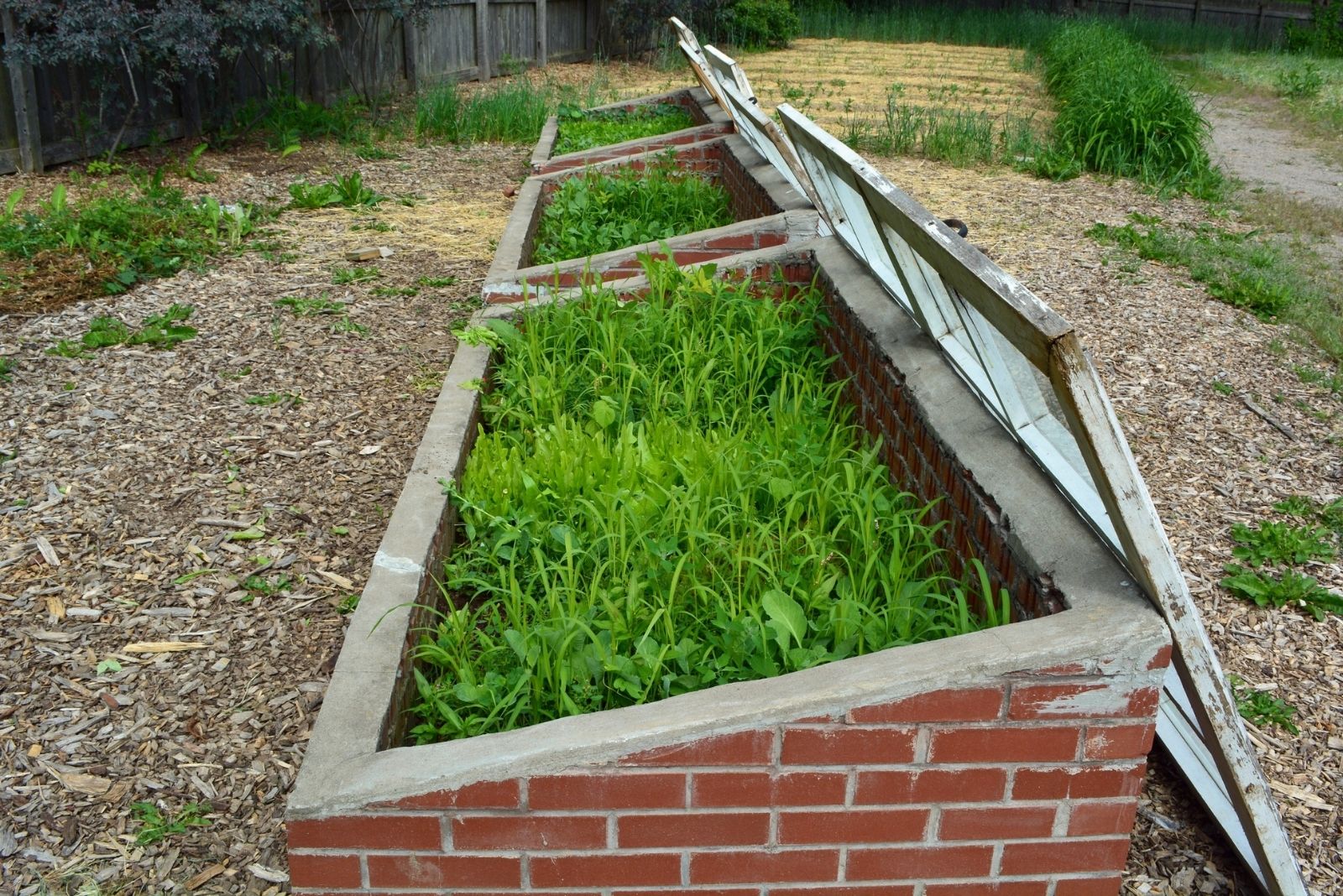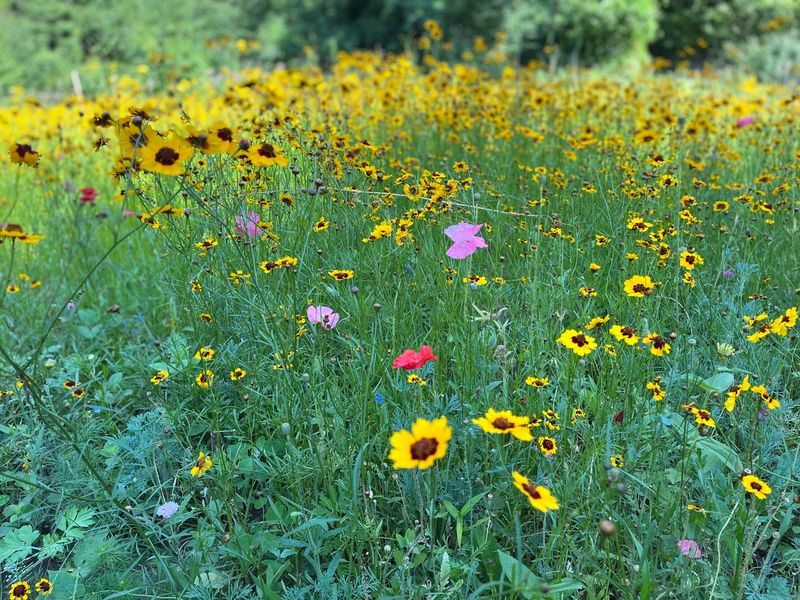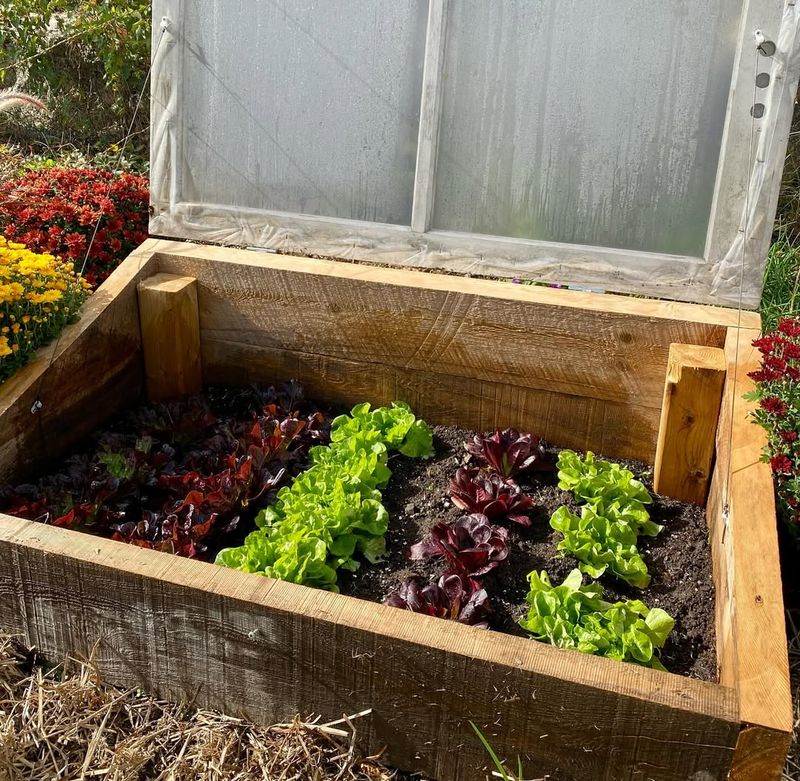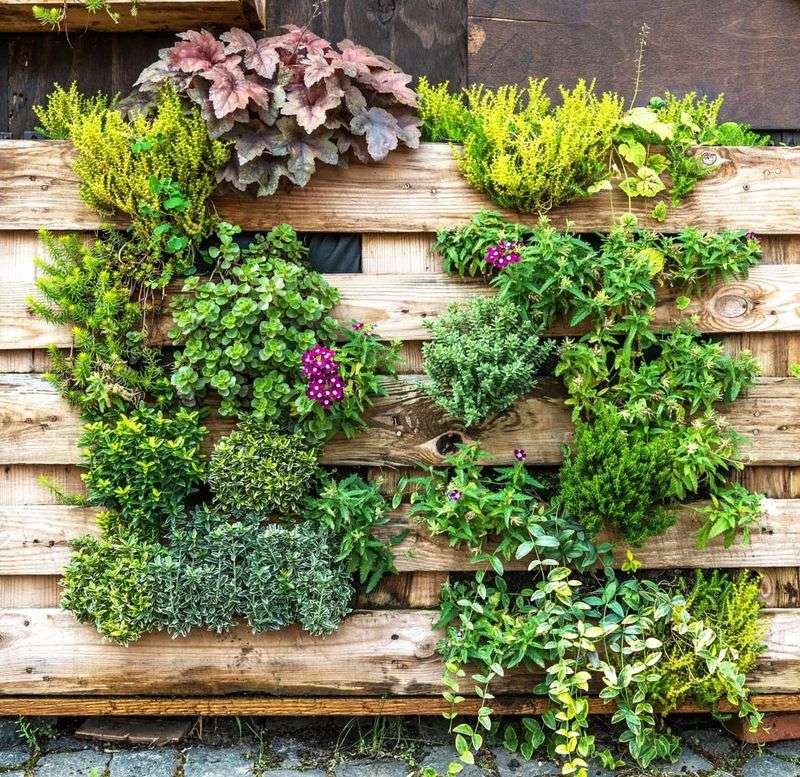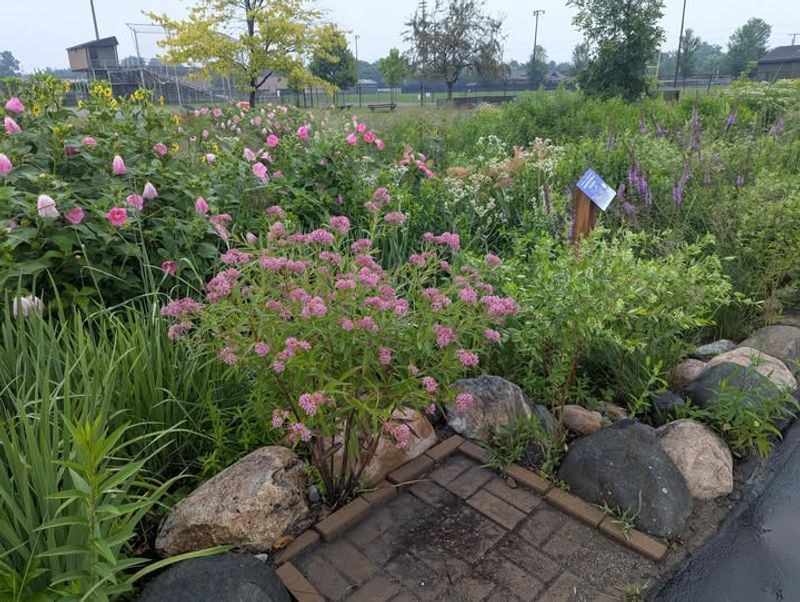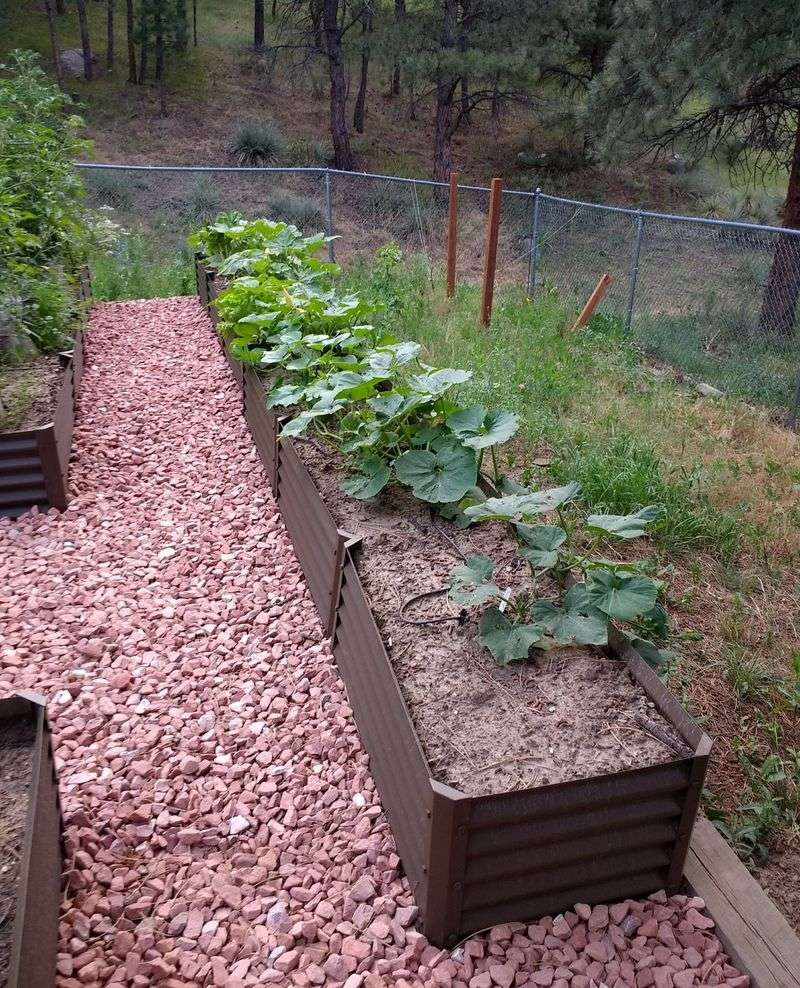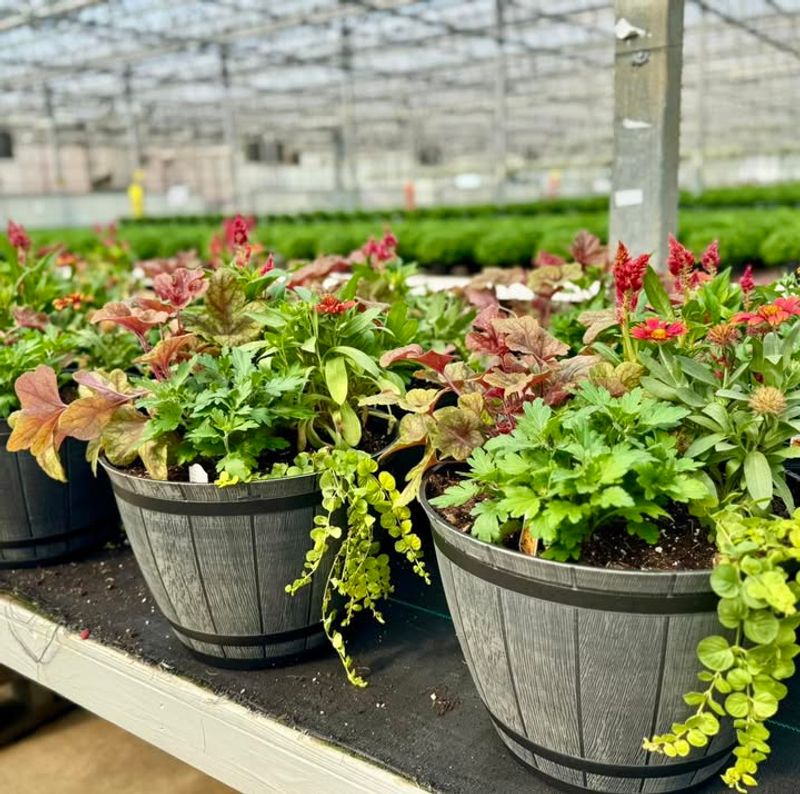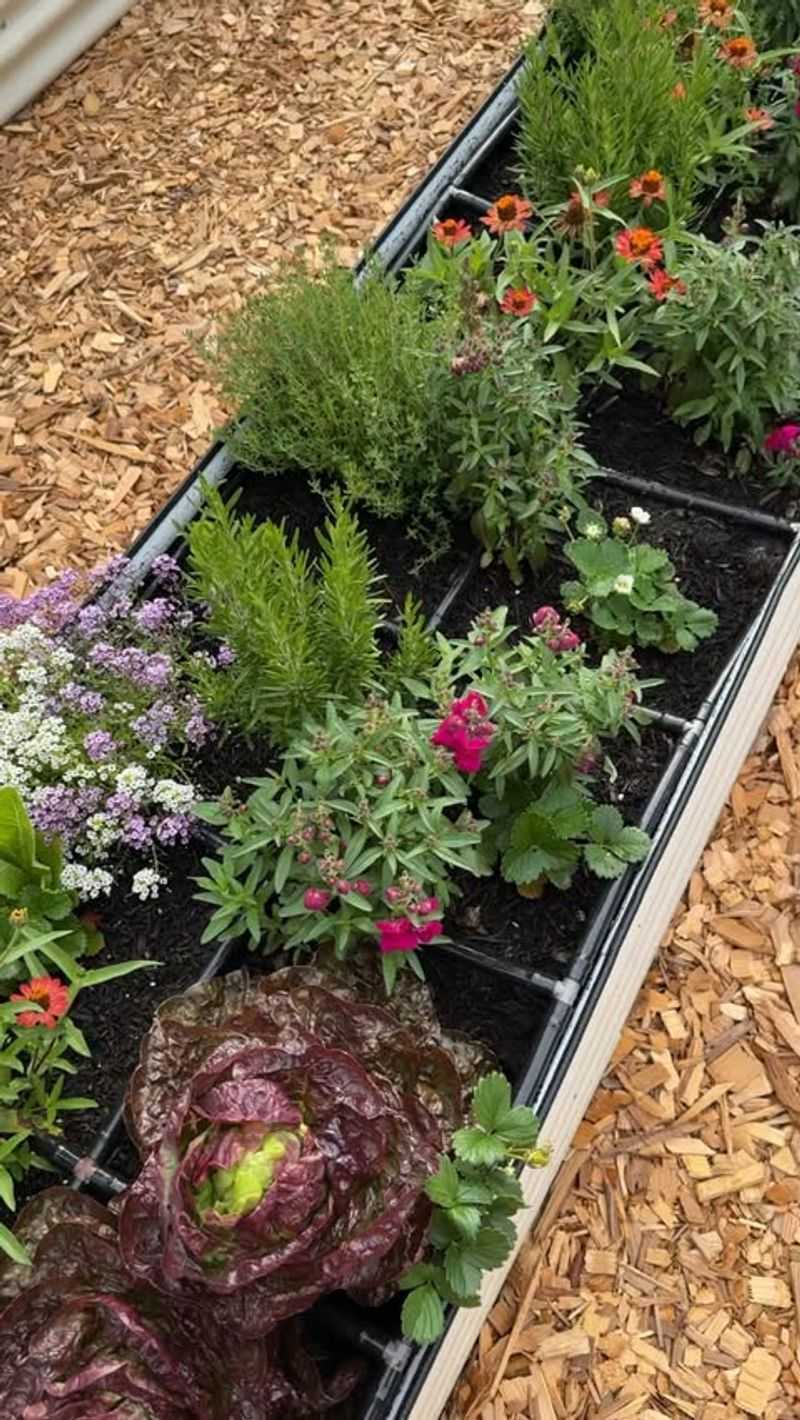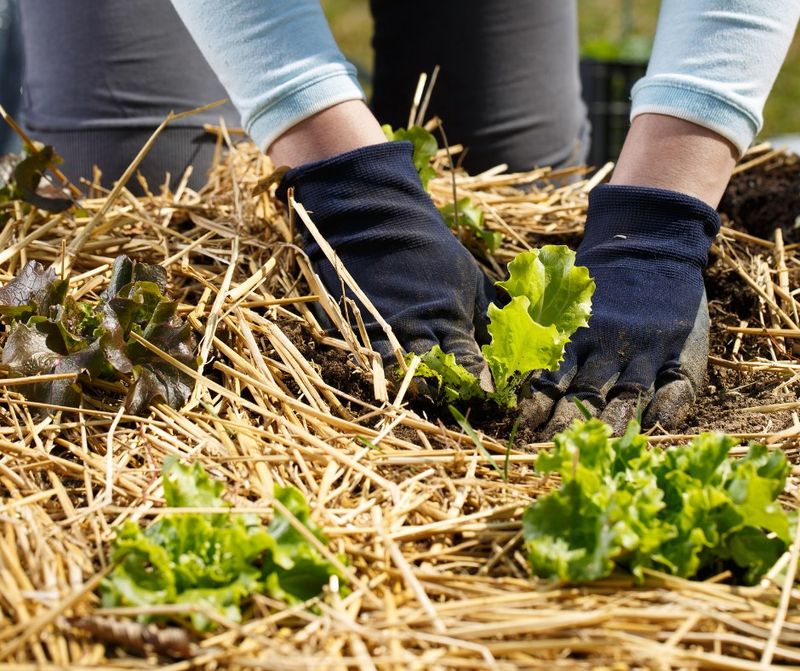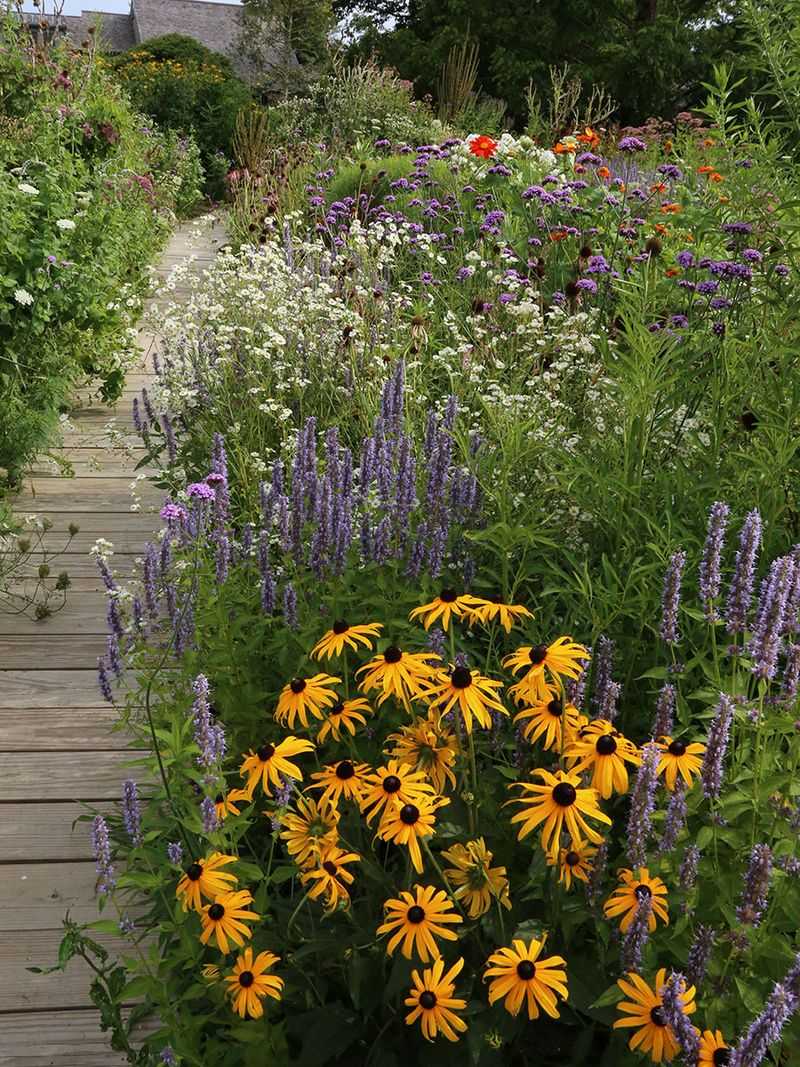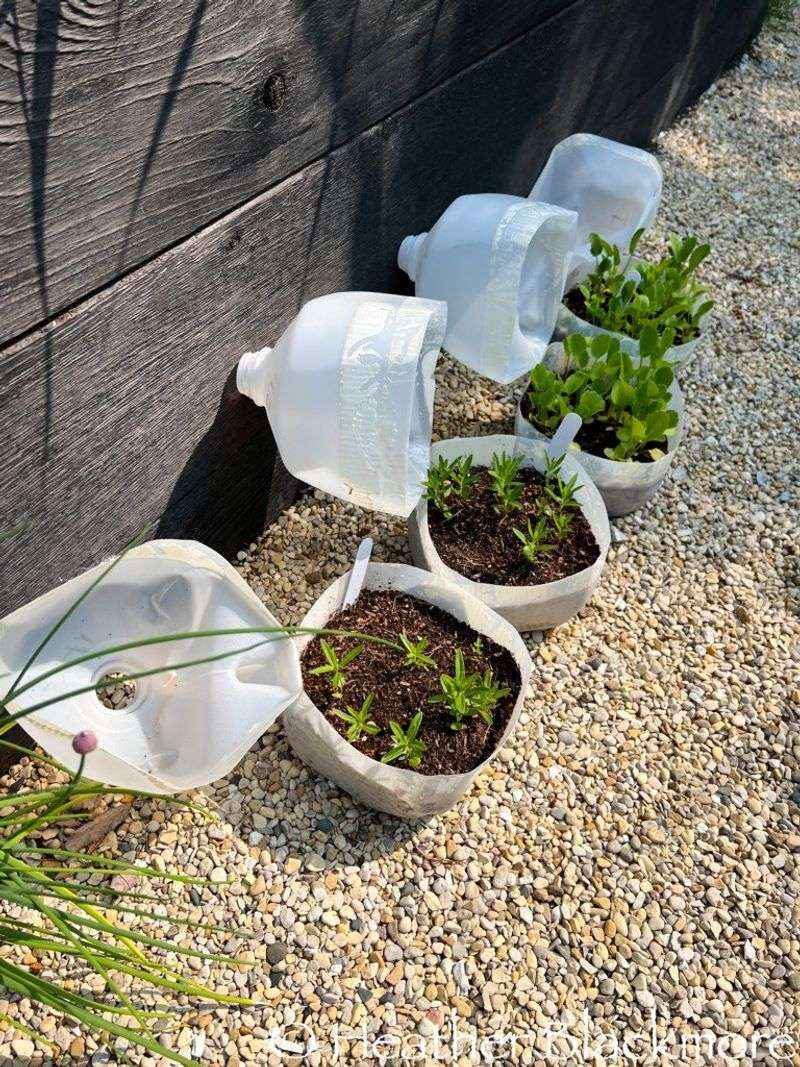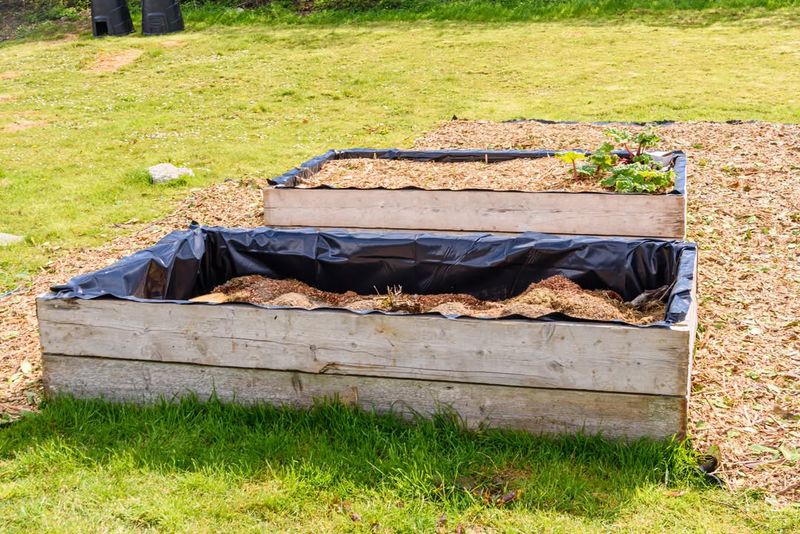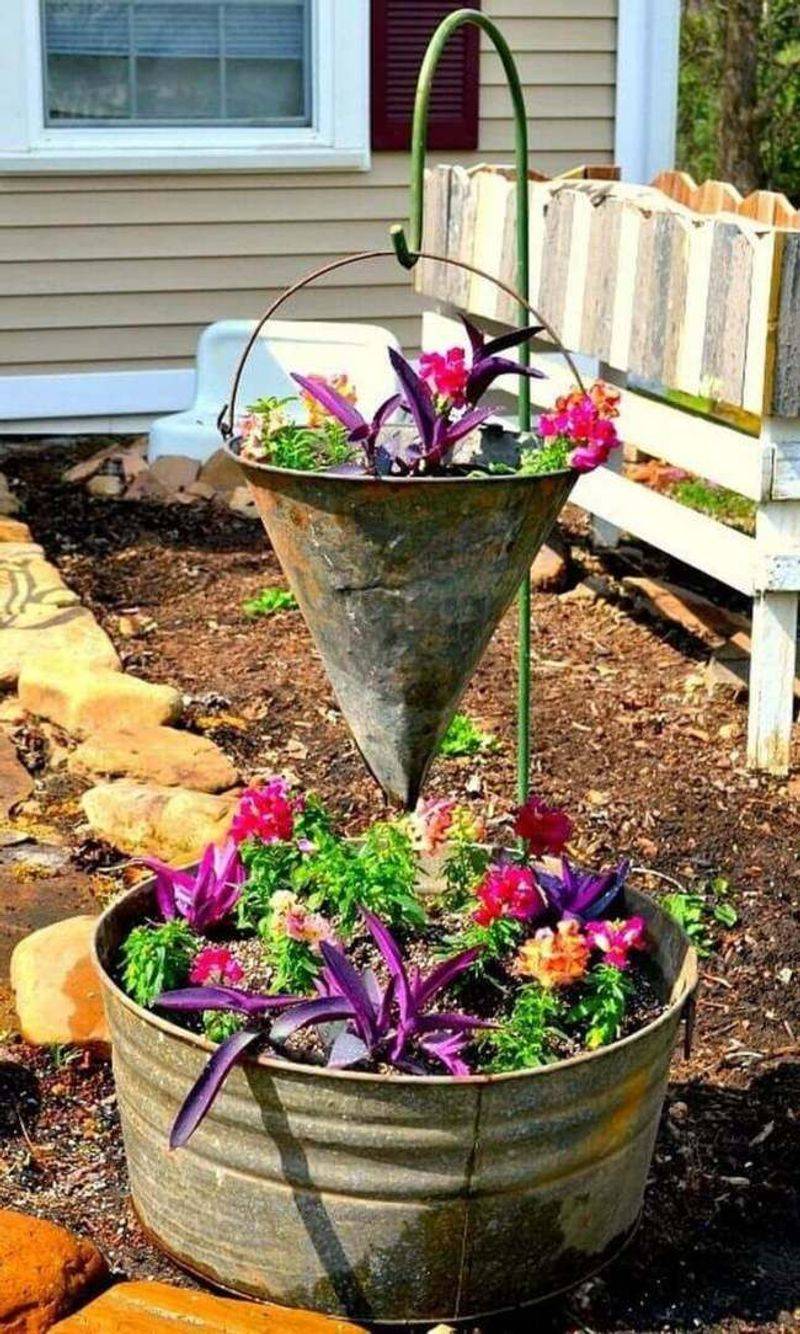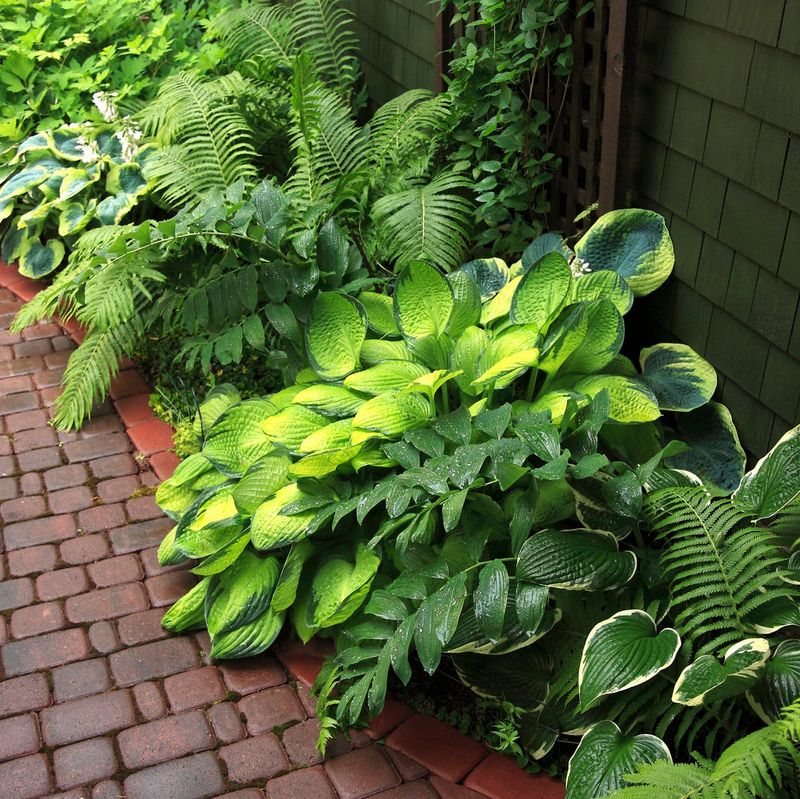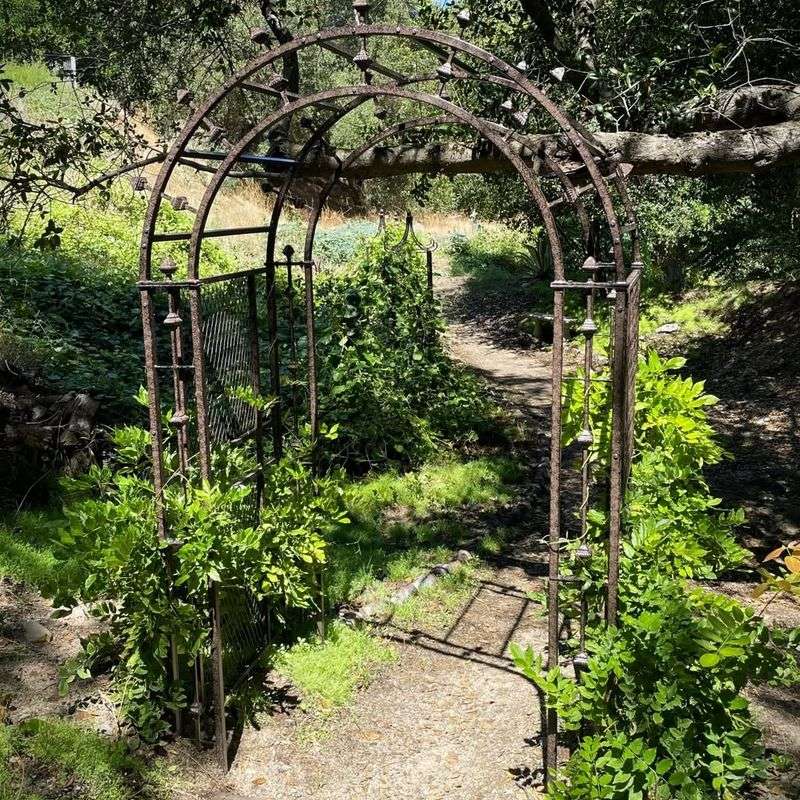Michigan gardeners face unique challenges with the state’s changing seasons and diverse growing zones. From the Upper Peninsula’s short summers to the more temperate southern regions, creative solutions have emerged that are worth sharing.
These popular gardening ideas from Michigan green thumbs combine practical know-how with local wisdom, perfect for transforming any backyard into a thriving garden space.
1. Native Wildflower Meadows
Michigan’s natural prairie plants create stunning low-maintenance displays while supporting local ecosystems. My neighbor in Grand Rapids replaced half her lawn with coneflowers, black-eyed Susans, and butterfly weed, cutting her watering needs by 60%.
Local garden centers across Michigan now stock native seed mixes specifically blended for our soil conditions. Many gardeners report seeing monarch butterflies return to their yards after just one season of growing native plants.
Start small with a 4×4 foot area, removing grass and weeds completely before planting. Most Michigan wildflowers prefer full sun but tolerate partial shade in southern parts of the state.
2. Cold Frame Vegetable Growing
Extending Michigan’s growing season becomes possible with simple wooden cold frames. These box-like structures with transparent tops trap heat while protecting plants from frost, adding 4-6 weeks to both ends of our growing calendar.
Repurposed windows make perfect lids for homemade frames. Several gardening clubs in Ann Arbor host workshops teaching how to build these season extenders using reclaimed materials.
For best results, position cold frames on the south side of buildings where they’ll catch maximum sunlight. I’ve successfully grown spinach and kale through December in my Oakland County garden using this method.
3. Vertical Pallet Gardens
Wooden shipping pallets transformed into living walls have become a signature look in many Michigan gardens. The vertical orientation saves precious space while creating eye-catching displays perfect for herbs, strawberries, and trailing flowers.
Preparation is key for success. Line the pallet with landscape fabric, fill with quality potting mix, and plant through small openings. The master gardeners at Michigan State University recommend letting pallets lie flat for two weeks after planting.
My own pallet garden in Traverse City has weathered three seasons outdoors. The wood naturally grays over time, creating a rustic backdrop that highlights the green plants growing from its pockets.
4. Rain Garden Installations
Michigan’s abundant rainfall can be captured and utilized through strategically designed rain gardens. These shallow depressions filled with deep-rooted native plants help manage stormwater runoff while creating habitat for beneficial insects.
The most successful rain gardens contain plants that can handle both wet and dry conditions. Michigan favorites include swamp milkweed, blue flag iris, and joe-pye weed – all adapted to our local climate patterns. Location matters tremendously.
A properly positioned rain garden sits at least 10 feet from house foundations. After installing one near my driveway in Lansing, I noticed significantly less basement dampness during heavy spring rains.
5. Hugelkultur Raised Beds
German-inspired hugelkultur beds have gained traction among Michigan gardeners looking for sustainable growing methods. The technique involves burying logs and woody debris under soil mounds, creating beds that retain moisture and release nutrients slowly.
Fallen trees from Michigan’s frequent storms provide perfect materials for these beds. As wood breaks down, it acts like a sponge, reducing watering needs during our occasionally dry summers. My hugelkultur experiment in Kalamazoo has thrived for three seasons without supplemental watering.
The decomposing wood generates gentle heat, giving plants a head start in spring when soil temperatures often remain cool in our climate.
6. Four-Season Container Arrangements
Michigan gardeners have mastered the art of year-round container displays that change with our distinct seasons. Starting with spring tulips and daffodils, containers transition to summer annuals, fall mums, and finally evergreen boughs for winter interest.
Weather-resistant containers are essential for surviving Michigan’s freeze-thaw cycles. Fiber clay and thick plastic options prove most durable, while copper develops beautiful patina over time. Strategic placement near entryways creates welcoming focal points.
A gardener in Holland showed me her clever system of swapping inner plastic pots seasonally while keeping the decorative outer containers in place, saving time and effort during Michigan’s quick seasonal transitions.
7. Edible Landscaping Borders
Blurring the line between ornamental and productive gardens, Michigan homeowners are incorporating edibles into traditional landscape borders. Blueberry bushes, rhubarb, and alpine strawberries provide months of harvests while looking as attractive as purely decorative plants.
Careful selection of varieties suited to Michigan’s climate ensures success. Dwarf fruit trees like Michigan-developed Honeycrisp apples create seasonal interest with spring blossoms, summer fruit, and fall color. Herbs integrated throughout borders serve double duty.
Walking through my garden in Petoskey, visitors often comment on the pleasant fragrance before realizing they’re admiring thyme, oregano and lavender – all perfectly at home in our northern climate when given proper drainage.
8. Straw Bale Gardening
Straw bale gardening has revolutionized growing techniques for Michigan gardeners dealing with poor soil conditions. Conditioned bales become growing containers themselves, providing excellent drainage and breaking down into rich compost over the season.
Local farmers across Michigan’s agricultural regions often sell bales at reasonable prices. The technique works particularly well for heat-loving crops like tomatoes and peppers that benefit from the warmth generated by decomposing straw. Preparation timing matters in our climate.
Starting the conditioning process two weeks before our last frost date ensures bales are ready for planting when warm weather arrives. After trying this method in my Detroit community garden, I’ve converted several neighbors who were struggling with the city’s clay soil.
9. Pollinator Pathways
Michigan neighborhoods are connecting gardens through pollinator pathways – series of native plantings that create continuous habitat corridors for bees and butterflies. Even small yards contribute meaningfully when planted with Michigan natives like liatris, goldenrod, and asters.
Timing plantings for continuous blooms proves crucial for supporting pollinators throughout their active seasons. Early spring bulbs feed emerging insects, while late-blooming asters provide essential fall nutrition before winter. Community involvement amplifies impact.
Several Michigan towns now offer free native plant seedlings to residents willing to participate. The pathway through my Midland neighborhood has expanded annually, with children enjoying monarch tagging programs each September as butterflies migrate through our connected gardens.
10. Winter Sowing Techniques
Michigan gardeners have embraced winter sowing – starting seeds outdoors in mini-greenhouses made from recycled containers during winter months. The technique harnesses natural freeze-thaw cycles to break seed dormancy while protecting developing seedlings.
Milk jugs with drainage holes make perfect containers. Seeds naturally stratify during cold periods and sprout when conditions become favorable, resulting in hardier plants acclimated to Michigan weather from the start. Timing varies by plant type.
Cold-hardy natives and vegetables go out in January, while tender varieties wait until March. Last winter, I started over 200 plants this way in my Saginaw garden, saving hundreds of dollars compared to buying nursery plants.
11. Lasagna Garden Bed Building
Sheet mulching – nicknamed “lasagna gardening” – has taken Michigan by storm as a no-dig method for creating new planting beds. Layers of cardboard, leaves, compost, and other organic materials break down over time, creating rich soil while suppressing weeds. Fall proves ideal for starting these beds in our climate.
Michigan’s abundant autumn leaves form perfect carbon layers, while nitrogen comes from grass clippings, coffee grounds, and kitchen scraps. The method particularly suits Michigan’s heavy clay soils.
After building several lasagna beds at my Grand Haven community garden, soil testing showed dramatically improved structure by the following spring. The beds retained moisture better during dry spells while draining properly during our heavy rain events.
12. Repurposed Vintage Containers
Michigan’s rich agricultural and industrial history provides endless inspiration for creative container gardening. Old galvanized washtubs, antique milk cans, and retired factory carts find new purpose as unique planters in gardens across the state. Ensuring proper drainage prevents plant problems.
Many Michigan gardeners drill holes in metal containers or add layers of gravel beneath soil. The extra step protects plants during our occasionally rainy periods. Flea markets throughout Michigan offer treasure hunting opportunities.
A rusty wheelbarrow discovered at Allegan’s famous antique market became the centerpiece of my herb garden, its weathered patina providing perfect contrast to the fresh greens growing inside it.
13. Shade Garden Transformations
Michigan’s mature tree canopies create challenging shade conditions that clever gardeners have turned into opportunities. Woodland-inspired gardens featuring ferns, hostas, and native wildflowers thrive under maple and oak trees throughout the state. Adding white-flowering plants brightens dark corners.
Sweet woodruff, white bleeding heart, and Michigan’s native large-flowered trillium create visual impact even in deep shade conditions common in established neighborhoods. Water management requires special attention in shade gardens.
Our heavy clay soils can become waterlogged under trees. After struggling with soggy conditions in my Ann Arbor garden, adding leaf mold and pine fines dramatically improved drainage while providing perfect growing conditions for acid-loving woodland plants.
14. Garden Archways And Tunnels
Vertical growing structures have transformed Michigan vegetable gardens into three-dimensional spaces. Simple cattle panel arches support climbing beans, cucumbers, and gourds, creating magical tunnels that delight children while maximizing growing space. Securing panels properly prevents winter damage.
Michigan’s strong winds and heavy snow require sturdy anchoring systems using rebar driven deeply into the ground. The investment pays off when structures survive multiple seasons. Crop rotation works wonderfully with permanent structures.
A master gardener in Jackson showed me her system of alternating legumes and cucurbits on her arches yearly, improving soil health while preventing disease buildup. Her garden produces enough vegetables for her family plus weekly donations to the local food pantry.

